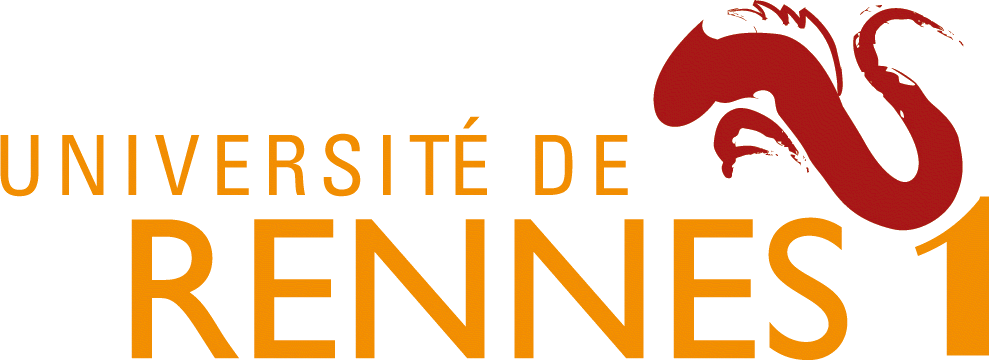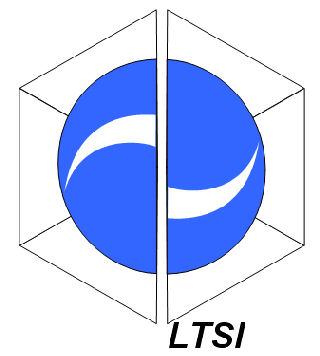News
Members
Publications
Software / Data
Job offers
Images / Videos
Collaborations
Conferences
Lab meetings: "Les partages de midi"
Practical information
Members Area
Next conferences we are in …


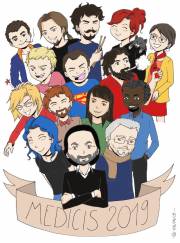
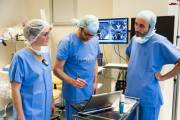
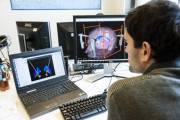
This is an old revision of the document!
Major contributions
Our major contributions in this area are two-fold. The first aspect concerned Deep Brain Stimulation. We developed an anatomical 3T MR template dedicated to DBS. We introduced the concept of anatomo-clinical atlases for post operative assessment of Deep Brain Stimulation. We introduced a methodology for the automatic computation of the electrode trajectory respecting pre identified constraints. Both findings are some of the main aspects in the newly funded project by an ANR Blanc grant for 4 years from 2011 (ACouStiC; principal investigator: Pierre Jannin), which aims at developing an innovative strategy based on models for helping decision-making process during surgical planning and post operative assessment for increasing accuracy and precision and outcome prediction. Third, we have developed a neuronavigation system that is coupled with the magnetic simulation system. This enables to localize in real-time the stimulation locus on the MR image. Compared to the standard empirical localization, we have shown that the neuronavigation is more reliable to stimulate the interface between areas 9 and 46 of the Brodmann atlas. This work resulted in a creation of a start-up company (Syneika http://www.syneika.com/) which received a prize at the Concours National d'Aide à la Création d'Entreprises de Technologies Innovantes in 2008.
Current related projects
* Deep Brain Stimulation
* Cochlear Implants
Major contributions
Our major objective within this application domain was to correct for brain deformations that occur during surgery. Neuronavigation systems make it now possible to superimpose preoperative images with the surgical field under the assumption of a rigid transformation. Nevertheless, non-rigid brain deformations, as well as brain resection, drastically limit the efficiency of such systems. The major objective here was to study and estimate brain deformations using 3D ultrasound and video information. This was performed through the integration of intraoperative 3D free-hand ultrasound and 3D intraoperative video reconstruction. The major advances in the period was to propose 1) a new 3D reconstruction framework for 3D freehand ultrasound from regular B-scans, 2) a new denoising scheme based on the adaptation of NL-Means to the Rayleigh distribution model, 3) a new rigid and non-rigid registration framework which includes a new probabilistic similarity function between MRI and Ultrasound images, and 4) a new detection, quantification and tracking of surface brain deformations from videos of the binocular microscope. We have demonstrated that millimeter deformations can be measured and corrected; with an accuracy limited to the patient to physical space registration error mainly.

